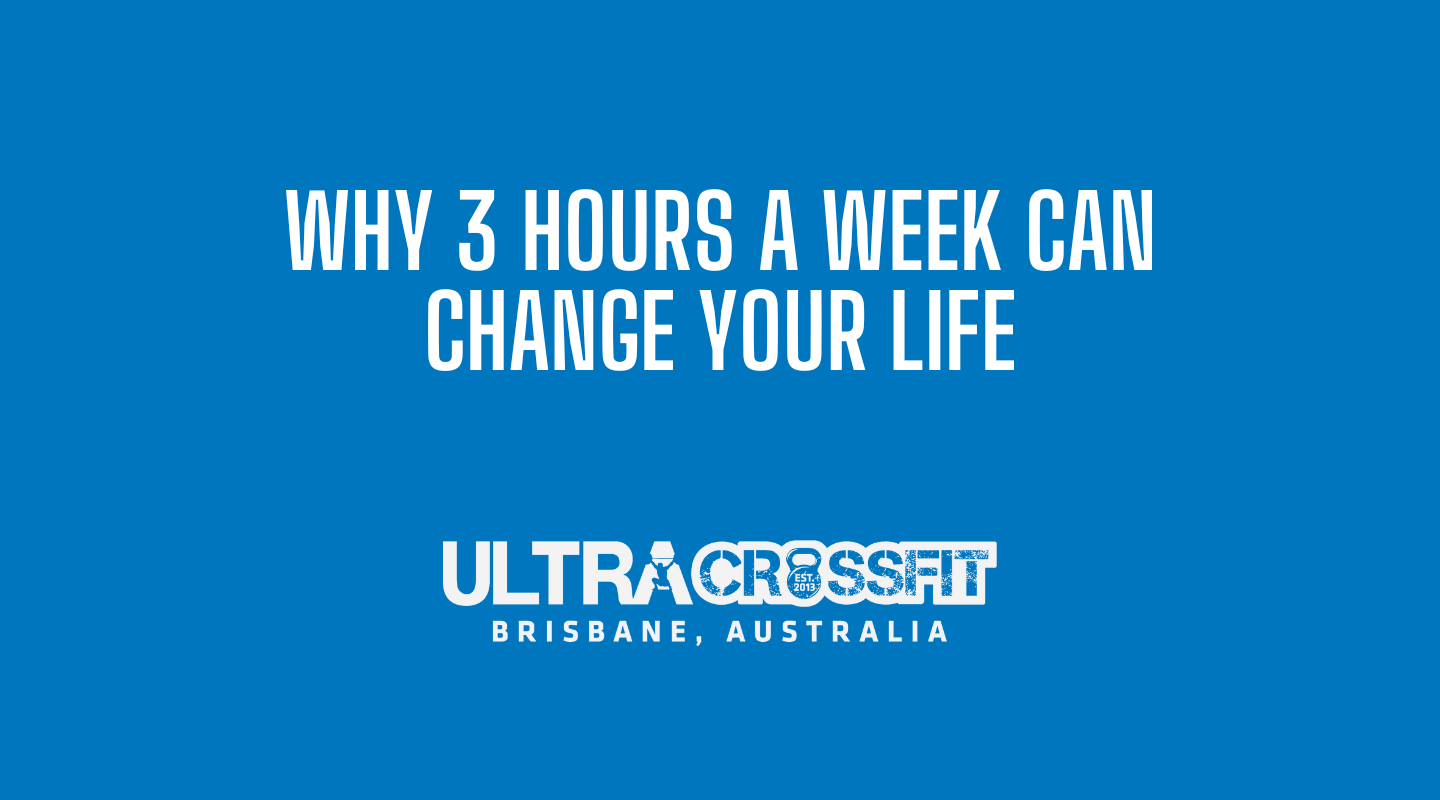

Most people know they should exercise. Fewer know how to make it work in a real-life routine, one that's already full of responsibilities, commitments, and competing priorities. The good news is that life-changing results don’t require hours at the gym or rigid training plans. For many adults, just three hours of structured training each week can lead to noticeable, lasting improvements in health, energy, and confidence.
This approach doesn’t demand perfection, only consistency.
Many traditional fitness programs focus on volume or intensity, asking for five or six sessions a week. That may suit professional athletes or those with fewer external demands, but it’s not sustainable for most working adults.
Three hours a week, typically spread across three 60-minute sessions allows for:
It strikes the right balance between effective training and a full life outside the gym.
Structured sessions that include strength training and functional movement patterns lead to:
This kind of training is designed to support everyday activities, lifting groceries, climbing stairs, playing with your kids, not just gym performance.
Regular physical activity is linked to:
Even modest amounts of training can create noticeable shifts in how you feel at work and at home.
The three-hours-a-week model helps people build routines that last. It’s not overwhelming, and it allows space for other responsibilities. Over time, the gym stops feeling like a chore and becomes part of your week, a place to reset, recharge, and feel capable again.
It’s common to feel unsure when stepping back into fitness. Concerns about being too unfit, too stiff, or too far behind are real and valid. But fitness doesn’t need to start with intensity, it can start with structure.
A thoughtful, guided program that meets you where you’re at, physically and mentally, is the safest and most effective way to move forward. With the right environment, people gain not just physical strength, but confidence and clarity in what their bodies can do.
A typical three-day training week includes:
This format supports long-term progress and reduces the risk of injury or burnout. Whether you’re training to feel better in your day-to-day life or just want more structure, it creates space to build capability without pressure.
Training three times a week may seem simple, but its impact is significant. People often report feeling more in control, more capable, and more connected to their health, not in a performative sense, but in a deeply practical one.
And perhaps most importantly, it becomes a space where people begin to feel like themselves again.
If you're looking for a more structured approach to training that prioritises sustainability over intensity, three hours a week is a strong place to start.
Curious what those three hours a week could look like for you?
Book a free intro call with one of our coaches, no workout, no pressure. Just a chance to talk through your goals and see if our approach feels like a good fit.